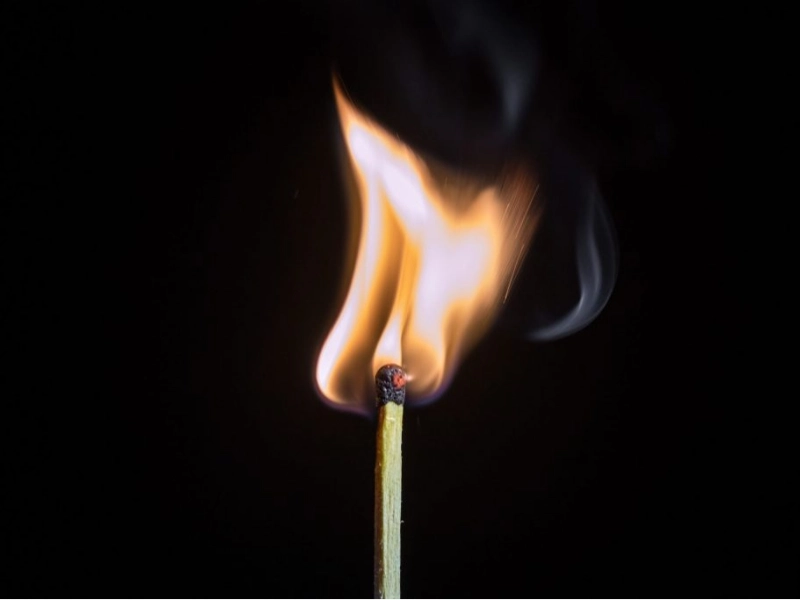Top 12 Classic Representations of Ball Lightning in Literature and Art
Advertisement
3. Vladimir Nabokov's "Pale Fire"

Advertisement
In his 1962 book "Pale Fire," Vladimir Nabokov deftly and strikingly captures ball lightning, entwining this natural occurrence with the book's convoluted plot. Presented as a 999-line poem by fictional author John Shade with a foreword and comments by the similarly fictional Charles Kinbote, the book has a rich description of ball lightning in its first lines. Though not stated specifically, Shade writes, "I was the shadow of the waxwing slain / By the false azure in the windowpane; / I was the smudge of ashen fluff—and I / Lived on, flown on, in the reflected sky." This imagery is generally understood as a reference to ball lightning, with its fleeting, ghostly appearance. Nabokov employs ball lightning for several purposes throughout the book. Surface-wise, it offers a strong visual image that grabs the reader's interest right away. More fundamentally, it represents the fleeting character of reality and perception—themes running across the work. Like the story itself, the ball lightning is brief, enigmatic, and subject to several readings. The presence of the phenomenon at the start of the poem also suggests the intricate interaction of fact and fiction that defines the book overall. Literary circles have been debating Nabokov's portrayal of ball lightning in "Pale Fire," with readers and critics both astounded at his ability to give a natural occurrence such profound metaphorical meaning. This portrayal has also helped to explain how scientific events may be turned into potent literary devices, hence fueling the continuing obsession with ball lightning in popular culture.
You May Like
Advertisement

